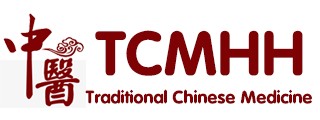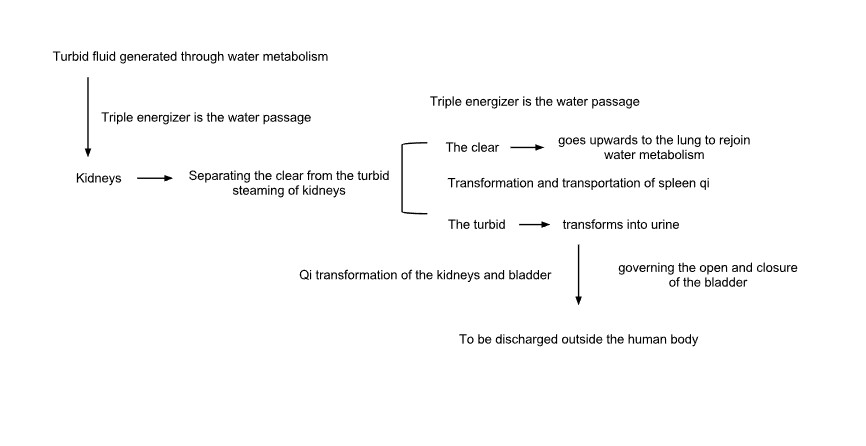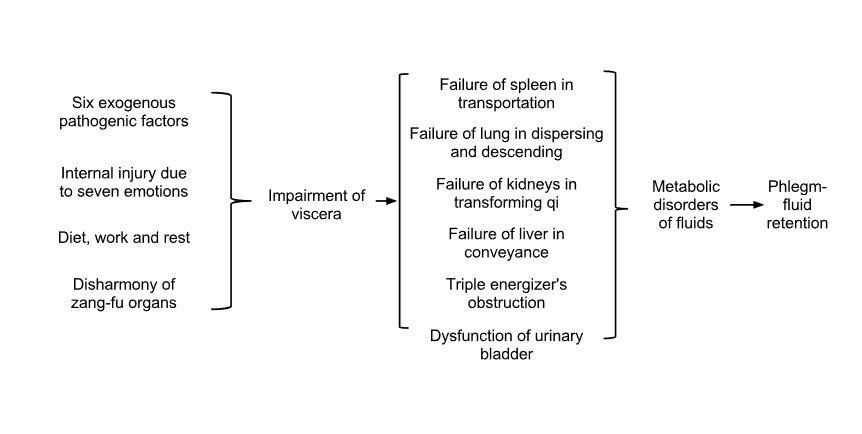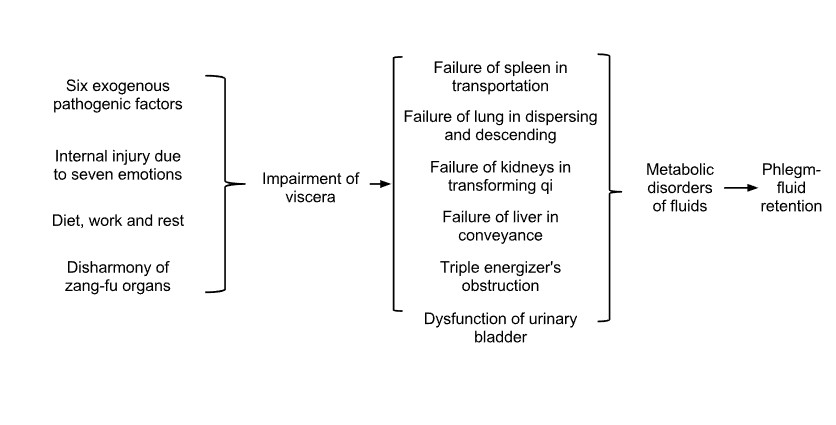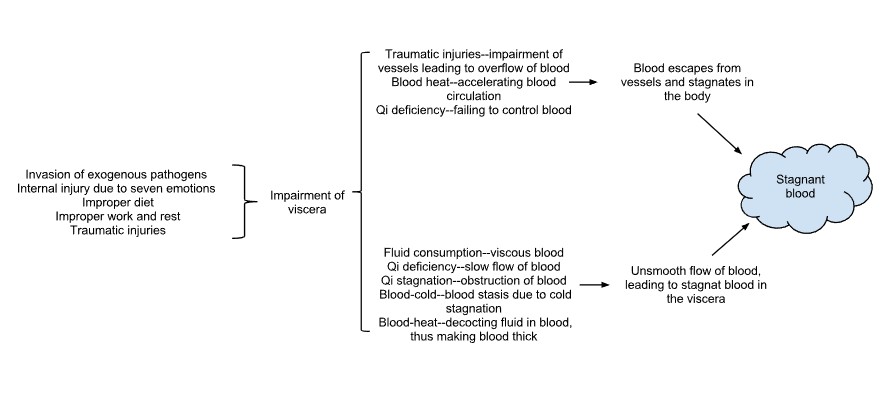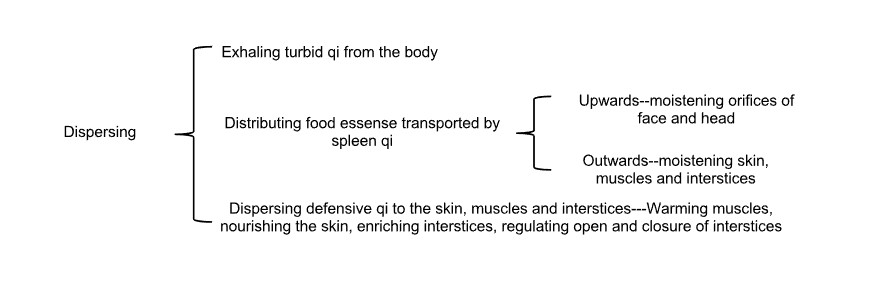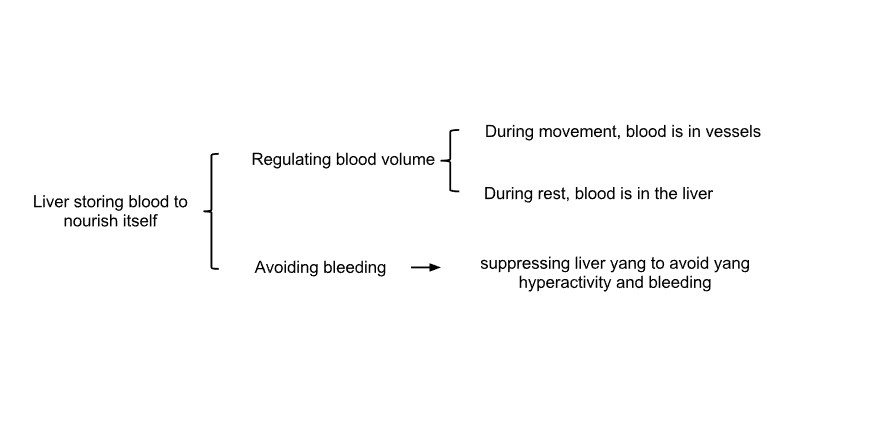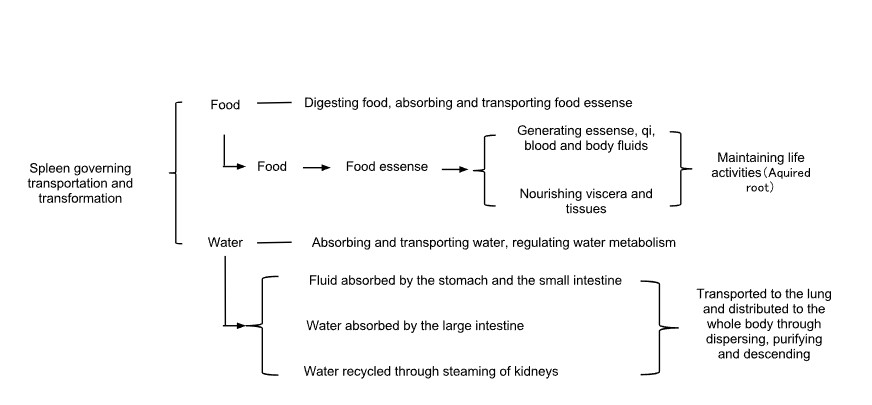The extraordinary fu-organs refer to another group of tissues and organs.
The characteristics of the extraordinary fu-organs
The extraordinary fu-organs are characterized by hollowness, similar to the six fu-organs in morphology, and storage of essence, similar to the five zang-organs in function. That is why this group of tissues and organs are called the extraordinary fu-organs, including the brain, the marrow, the bones, the vessels, the gallbladder and the uterus. Among the extraordinary fu-organs, the gallbladder is a special one. It is hollow inside and excretes bile to promote digestion, similar to the functions of the six fu-organs, but it also stores bile which is part of the essence, similar to the functions of the five zang-organs. That is why the gallbladder belongs both to the six fu-organs and the extraordinary fu-organs.
The physiological functions of the extraordinary fu-organs
The following paragraphs are only devoted to the functions of the brain and the uterus. The physiological functions of the rest extraordinary fu-organs are already introduced in the other chapters and sections.
The brain
The brain is located in the skull and is composed of marrow.That is why the brain is called "the sea of marrow" in Huangdi Neijng. The physiological functions of the brain include the following aspects:
1. The center of the activities
The brain plays a very important role in life activities. It governs the five zang-organs and six fu-organs and regulates life activities. Impairment of the brain will threaten life. That is why it is said in Huangdi Neijing that "stabbing the brain will cause immediate death. "
2. Governing the mental activities
The brain is an organ responsible for cognition and thinking. All the mental activities result from the reflection of things in the objective world. Though zangxiang theory attributes the mental activities to the heart, it never neglects the role of the brain. For example, it is said in Huangdi Neijng that "the head is the place where mental activities take place".Li Shizhen, a great doctor in the Ming Dynasty, pointed out that "the brain is the place where the primordial spirit is kept". When the brain is normal in function, people will be full of vigor, clear in thinking, fluent in speaking and strong in memory. If the brain is abnormal in function, it will lead to dispiritedness, retard thinking, dizziness, poor memory or mental disorder.
3. Governing sensation and motion
There are various sensory organs in the body, such as the eyes, ears, nose, tongue and skin that respectively receive sound, light and flavor as well as the stimulation of pain, cold and heat. The brain receives such stimulation through the meridians. The brain also governs the limbs. The brain transmits the order to move through the meridians to the limbs. The brain also constantly regulates the movement of the limbs. That is why the movement of the limbs is rhythmical and accurate. If the brain is abnormal in governing and regulating the limbs, it will cause bradyesthesia and dyskinesia.
The zangxiang theory emphasizes the importance of the five zang-organs, so the functions of the brain are attributed to the five zang-organs respectively. For example, the mental activities are divided into shen (spirit), po (superior soul) , hun (inferior soul) , yi (memory)and zhi (conception) which are attributed to the five zang-organs respectively, i.e. the heart storing spirit, the lung storing superior soul, the liver storing inferior soul, the spleen storing memory and the kidney storing conception. Clinically mental activities are most closely related to the heart, the liver and the kidney. Because the heart governs the mind and all mental activities; the liver governs dredging and dispersing and regulates mental activities; and the kidney stores yin-essence in order to produce marrow to enrich the brain. That is why mental diseases are clinically treated from the heart, the liver and the kidney.
The uterus
The uterus is located in the lower abdomen. The physiological function of the uterus is to produce menses and conceive fetus.
The uterus usually maturates at the age of 14 and begins to produce menses, a periodic phenomenon of uterine bleeding. In adult women, blood is periodically accumulated in the uterus for conceiving and nourishing fetus. If pregnancy does not take place, the accumulated blood will be excreted out of the body. Such an excretion of blood from the uterus is known as menstruation. After excretion of the accumulated blood, the uterus begins to accumulate blood again for another periodic menstruation. Menstruation takes place once a month regularly like morning and evening tides. That is why menstruation is also called "monthly tide" in Chinese medicine.
After pregnancy, the uterus is the place to nourish the fetus. There is no menstruation during pregnancy. But great quantity of blood is constantly transported to the uterus to nourish the fetus. The uterus becomes larger and larger with the development of the fetus. After delivery there is still no menses because blood is transported upwards and transformed into milk. After weaning, milk gradually stops secreting. Then blood is tlransported downward into the uterus and menses begins to occur again.
The function of the uterus to produce menses and to conceive fetus is a complicated process and depends on the nourishment and coordination of other viscera. Often the following three factors are involved in this process.
1. Essence stored in the kidney
When essence, yin and yang stored in the kidney develop to a certain level, tiankui (reproductive substance) occurs. Tiankui can promote the development and maturation of the genitals, including the uterus. When the uterus becomes maturated, it is ready to produce menses and conceive fetus. When a woman becomes old, essence, yin and yang stored in the kidney are gradually reduced, and so is tiankui. Eventually menstruation stops and the uterus can no longer conceive fetus.
2. The function of liver-qi and liver-blood
The liver plays a very important role in the physiological functions of the uterus. On the one hand, the liver governs dredging and dispersing activities and regulates the movement of qi. With the assistance of the liver, the uterus functions normally, producing menses and conceiving fetus. On the other hand, the liver stores blood and regulates the volume of blood. Such a function of the liver is closely related to the quantity of menses and nourishment of the fetus. Since the function of the uterus is closely related to liver-qi and liver-blood, there is an old saying that "the liver is the congenital base of life for women".
3. The functions of the thoroughfare and conception vessels
The thoroughfare and conception vessels start from the uterus. The thoroughfare vessel is the sea of blood and regulates qi and blood in the twelve regular meridians. The conception vessel governs the uterus and pregnancy. If these two vessels function well, blood will be transported smoothly into the uterus to ensure regular menses and conception of fetus. The functions of these two vessels are assisted and regulated by the kidney and the liver. In fact, the kidney, the liver, the thoroughfare and conception vessels physiologically coordinate with each other to influence the uterus.
Besides, the heart, the lung and the spleen also influence the functions of the uterus. Because the heart governs blood and propels the circulation of blood; the lung governs qi and directs the flow of blood; and the spleen commands blood, governs transportation and transformation and serves as the source of qi and blood.
